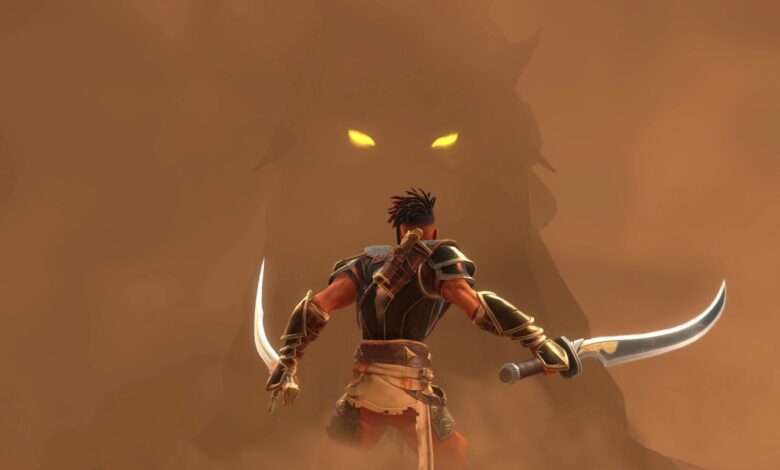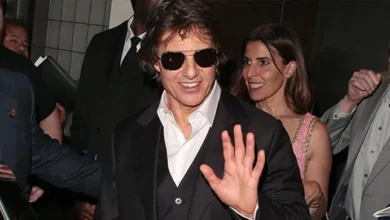Prince of Persia: The Lost Crown – A Metroidvania Coronation

In recent years, Metroidvanias and action-adventure platformers have experienced a renaissance, with titles like Ori and the Blind Forest, Hollow Knight, and Dead Cells injecting new vitality into the genre. Prince of Persia: The Lost Crown, Ubisoft’s latest offering, follows suit, amalgamating elements from these influential games into its own unique blend. The game embraces challenging gameplay reminiscent of the Dark Souls series, introducing players to a captivating world on the mystical Mount Qaf.
The Lost Crown’s DNA incorporates save points from Dark Souls, air dashes and double jumps from Hollow Knight, and intricate, interconnected biome-based level design from Dead Cells. The result is a game that pays homage to its predecessors while maintaining its distinct Prince of Persia identity. Despite its compelling combat dynamics, precise platforming, and engaging boss fights, The Lost Crown grapples with narrative depth, unbalanced difficulty curves, and tedious quest structures.
The game’s narrative unfolds on Mount Qaf, a mythical mountain with a labyrinthine structure and a rich tapestry of biomes. The interconnectedness of these biomes, akin to the Metroidvania style, forms a sprawling puzzle, gradually unveiling hidden connections as players gain new abilities. The narrative, centered around protagonist Sargon’s quest to save Prince Ghassan, involves time manipulation, adding an intriguing layer to the story.
Combat in The Lost Crown is a standout feature, offering a balance of simplicity and complexity. Sargon, armed with dual swords and acrobatic moves, engages in fluid battles, incorporating light and heavy attacks, aerial combos, and special abilities fueled by the Athra gauge. Parrying, a crucial combat mechanic, rewards players with devastating counterattacks, contributing to the game’s fun and engaging combat system.
Boss fights in The Lost Crown present diverse challenges, demanding players to leverage their acquired abilities strategically. The encounters, often set on a grand scale against mythical gods and monsters, escalate in difficulty but avoid the punishing difficulty associated with some FromSoftware titles. The platforming sections, crucial to the game’s identity, offer a mix of exploration puzzles and traversal challenges. However, the later stages introduce unbalanced difficulty spikes, especially in optional sections, leading to moments of frustration.
Despite a captivating world design and rewarding exploration, The Lost Crown’s narrative falls short of its potential. The characters, including protagonist Sargon, lack depth, and the story fails to fully capitalize on the intriguing time-bending elements introduced on Mount Qaf. The game’s art style, while not groundbreaking, complements its lively environments, and the music, featuring a blend of Persian and Western instruments, stands out as a triumph.
In conclusion, Prince of Persia: The Lost Crown represents a bold departure from the series’ traditional path, embracing the Metroidvania genre with a distinct flair. While it faces challenges such as tedium in later sections, unbalanced difficulty spikes, and a prosaic narrative, the game’s strengths in combat, platforming, and world design make it a worthy addition to the Prince of Persia legacy. With its unique blend of influences and a nod to the past, The Lost Crown might just be the coronation the Prince deserves.
Pros:
- Excellent world design
- Fast and fun combat
- Challenging platforming
- Engaging boss fights
- Excellent music
Cons:
- Tedious later section
- Unbalanced difficulty spikes
- Uninspired art style
- Prosaic story and characters
Rating (out of 10): 8


